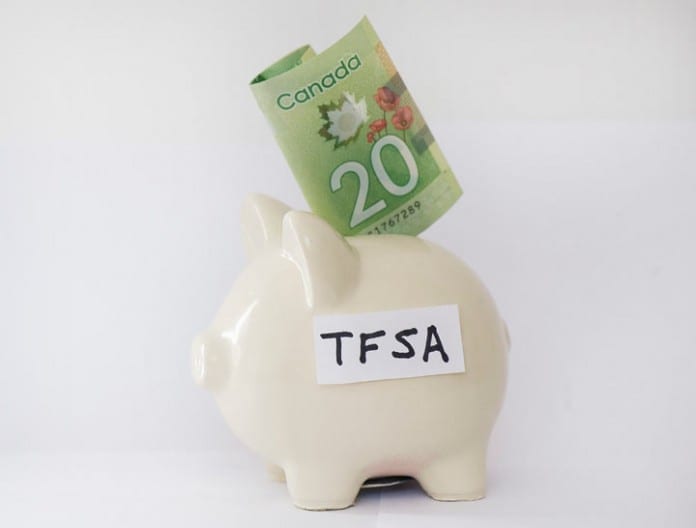Late last year, the new federal government made good on their campaign promise to reduce annual tax-free savings account (TFSA) contribution limits to $5,500. The change—which came into effect on January 1—meant a $4,500 decrease to the $10,000 annual limit put in place by the previous federal government.
While this news caused a stir in the financial sector, it went largely unnoticed by most Canadians. Since its introduction in 2009, TFSA limits have changed three times—two increases and now a decrease—however, the changes mean little for the large majority of us who are far from reaching our lifetime contribution limit of $46,500.
Only about half of the ten million Canadians who hold a TFSA are able to max out their yearly contributions. If you’re young and just starting out–or if you had some extra expenses last year–don’t think you’ve missed your chance to benefit from a TFSA. The contribution limit is a lifetime threshold and is the same for everyone regardless of income. If you hit the jackpot a few years down the road you’ll be able to top up your TFSA with any amount not used in the past.
There are dozens of reasons why so many Canadians have not yet opened a TFSA. Often it comes down to whether or not they have money on hand to save, prioritizing other financial obligations like debt or not fully understanding the benefits of the TFSA product. This is where talking to an investment expert can really help—and it’s a conversation I have almost daily at Island Savings.
With regards to understanding the ins and outs of a TFSA, there’s a few major differences from a regular savings account — the most obvious being that it’s a registered account and cash flow in and out is tracked. A second major difference is that TFSAs are not restricted to cash. You can keep your funds in a variety of investment options including publicly traded securities and mutual funds. This means that you may be able to earn a substantially higher return than a regular savings account. A third difference is that any income generated by your TFSA–interest or capital gains–will never be taxed.
While you may not be able to fully capitalize on your TFSA this year, the potential of paying less tax at some point down the road is a major win for every family in Victoria.
Now that we’re in the full swing of a new year, it’s a great time to sit down with your financial advisor to make sure you understand what options make sense for your personal tax situation this season.
| Year | TFSA Annual Limit | Cumulative Total |
| 2009 | $5,000 | $5,000 |
| 2010 | $5,000 | $10,000 |
| 2011 | $5,000 | $15,000 |
| 2012 | $5,000 | $20,000 |
| 2013 | $5,500 | $25,500 |
| 2014 | $5,500 | $31,000 |
| 2015 | $10,000 | $41,000 |
| 2016 | $5,500 | $46,500 |


